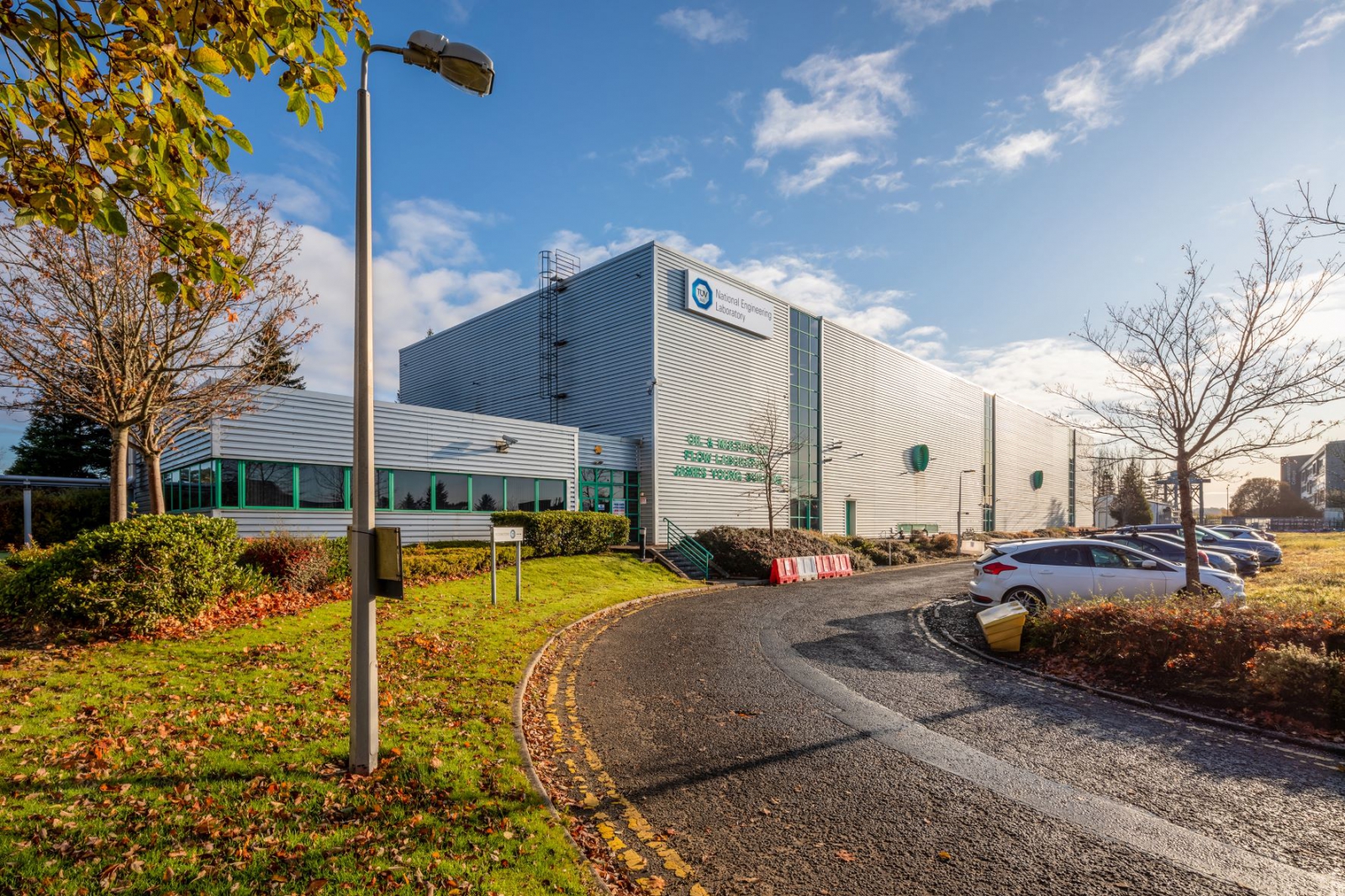TÜV SÜD National Engineering Laboratory Building Carbon Capture Utilisation and Storage Testing Facilities

The UK has committed to a 68 per cent reduction in greenhouse gas emissions by 2030 compared to 1990 levels1. As a result, a transition to greater electrification via renewable energy sources has been ongoing for some years. However, while uncertainty still remains about future energy systems, organisations such as the Intergovernmental Panel on Climate Change (IPCC) and the UK’s Committee on Climate Change recognise that fossil fuels will still be part of the energy mix well beyond 2030. As a result, there is a definite need for carbon capture, utilisation and storage (CCUS). Furthermore, apart from off-setting the direct end-use of fossil fuels, a need for CCUS will also arise through the production of ‘blue-hydrogen’ from fossil fuel sources through reforming.
One of the critical factors in creating a widespread and equitable trading system around CCUS will be measurement traceability. It needs to have direct linkage to national standards, as much of the production measurement of oil and gas does today.
TÜV SÜD National Engineering Laboratory is the UK Designated Institute for Flow Measurement and provides calibration and testing services for meter manufacturers and end users. CCUS will be critical to reduce global CO2 emissions, providing negative emissions and also for scaling up hydrogen production. However, at present there are no physical flow standards in the UK, Europe, or elsewhere in the world, capable of providing the traceability required for gaseous CO2.
Funded by BEIS via the National Measurement System mechanism, TÜV SÜD National Engineering Laboratory is currently working on the design and major equipment procurement of a physical UK national standard facility providing flow measurement traceability for gaseous carbon dioxide. As with all the test facilities located at TÜV SÜD National Engineering Laboratory, their uses are not strictly limited for use in flow meter calibrations or flow meter developments. These test facilities can all be used for a range of other applications including product development and basic research and development. Indeed, TÜV SÜD have a long-established history of testing valves on their various test facilities.
TÜV SÜD’s hugely experienced CFD team can produce computer models on any testing and validate these against real life data that can be generated on the test facilities. This offers the user an incredibly powerful design tool when CFD and real-life testing is combined.
The test facility has been designed to operate primarily with carbon dioxide but will also be able to operate with nitrogen. The loop will be nominally 8″ but will support installations up to 14″ and will be constructed throughout in stainless steel. Initially, the test facility will be able to operate with carbon dioxide flows up to 1600 m3/h and up to maximum temperatures of 40 ˚C. However, the long-term aspirations are to increase the maximum flow to 5000 m3/h and up to temperatures of 80 ˚C to increase the operating envelope of the test facility making it more flexible for industry use. The design pressure rating of the facility will be 80 barg with an operating pressure in carbon dioxide of 45 barg.
The test facility is currently in the procurement stage of the build, and this is likely to continue for the remainder of 2022. It is estimated that the test facility will be ready for use by industry in 2023/2024. TÜV SÜD National Engineering Laboratory will continue to keep industry updated on the progress of the test facility build in the coming months.
For more information on how TÜV SÜD National Engineering Laboratory can help with your valve testing needs, contact Carl Wordsworth on:
Tel: 01355 220222
Email: carl.wordsworth@tuvsud.com
Website: Flow Measurement | TÜV SÜD (tuvsud.com)
1 UK sets ambitious new climate target ahead of UN Summit - GOV.UK (www.gov.uk)

Search related valve / actuator articles: TUV SUD National Engineering LaboratoryIssue 80TestingCompany News







-web.jpg)





